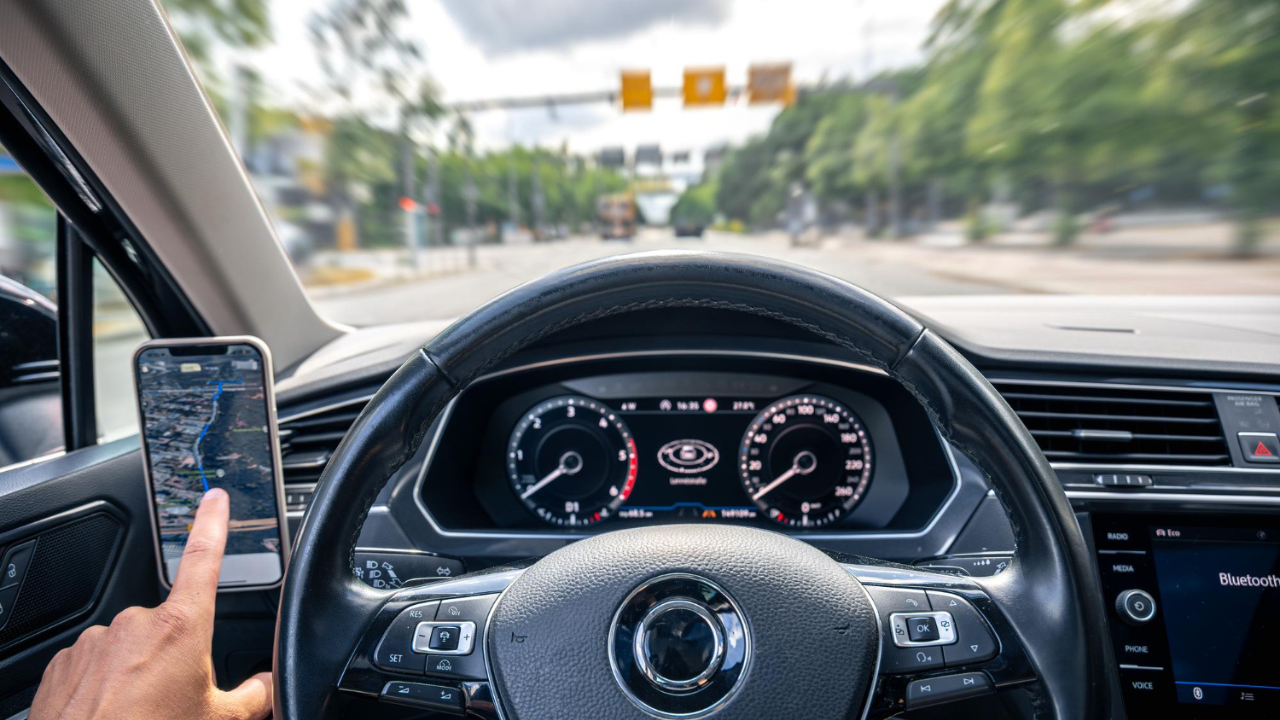As the technology surrounding autonomous vehicles improves, it has become more common for self-driving Cars to make their way onto roads in cities across the country.
We first saw them in movies, then on our social media feeds, and now they pull up to us at stop lights. At the same time, as instances of autonomous vehicle crashes increase in number, it is reasonable to question who is ultimately responsible for these accidents.
Being injured in an autonomous vehicle accident, either as a passenger of the vehicle or as a driver/passenger in another vehicle, can be disconcerting.
It can feel like you are left out in no-man’s land when you are trying to pursue a claim or lawsuit for injuries suffered due to an autonomous vehicle being driven negligently.
Do the traditional notions of fault apply when there is no “other” driver? Imagine the confusion when you step out and find there is no other human standing on the side of the road with you.
How Prevalent Are Autonomous Vehicles On The Roads?
It seems like only yesterday that autonomous vehicles were only in an experimental phase. Autonomous vehicle manufacturers would introduce a vehicle or two to a mainly urban setting to determine what issues needed to be worked on.
At first, the autonomous vehicles were somewhat less autonomous than one would assume. The reality is that these vehicles would have a human in the backseat of the autonomous vehicle, literally acting as a backseat driver. The person would ensure that the vehicle was functioning properly and could control the vehicle’s functions when it became necessary.
As the technology improved in these vehicles, it became apparent that it was only a matter of time until truly driverless vehicles became more common.
We are now at the point in the development of these vehicles that you would not be surprised when driving around to see a vehicle next to you moving in traffic without a person in the driver’s seat or controlling the vehicle at all. The use of ghost drivers is particularly popular in food delivery rides in larger cities.
Understanding Autonomous Vehicle Liability
When an autonomous vehicle hits another vehicle or a pedestrian, it is still not a clear-cut issue as far as fault is concerned. Liability can fall onto different parties.
The owner of the vehicle, any human who is operating the functions of the vehicle, or a party who provided parts or other services for the vehicle. All of these parties (and potentially more) could be responsible for injuries suffered due to the operation of an autonomous vehicle.
In a traditional motor vehicle accident, a party attempting to prove liability must show that the other driver failed to exercise reasonable care. In other words, the other driver drove negligently.
When we consider autonomous vehicles and the subject of liability, there is far less legal precedent for courts to consider. Most traffic laws are not designed with autonomous vehicles in mind. However, it may be some years before there are clear-cut precedents and expectations for establishing fault in car accidents involving driverless vehicles.
What Analysis Is Performed In Determining Fault In A Case Involving An Autonomous Vehicle?
Self-driving vehicle crashes require a thorough analysis of many factors. How well the self-driving vehicle’s system is working is part of that analysis. Whether there were any defects in the software for the vehicle must be examined closely. These two factors are unique to self-driving vehicle accidents in many ways.
Once the unique issues relevant to self-driving vehicles are examined, the attention of an injured party must turn to more common issues, such as the actions of all parties involved, the conditions of the road, and the weather on the day of the accident.
For example, snow, rain, dangerous curves in the road, and highway construction can be contributing factors to an accident with a self-driving vehicle.
Ultimately, what this means is that self-driving vehicle accidents may involve fault being placed onto multiple parties. This is as opposed to traditional motor vehicle crashes, where typically there is only one party who is considered to be “at fault” for having caused the accident.
What Can Be Done When An Emergency Arises Regarding A Self-Driving Vehicle?
Self-driving vehicles are designed to operate in “normal” traffic and other circumstances. A question that we need to ask ourselves is how equipped a self-driving vehicle is to manage traffic and other considerations after an accident has taken place. Does the vehicle know that an accident has occurred?
Where we are today is that most vehicles that are self-driving would likely struggle in the event of an accident. The autonomous systems in question are not necessarily designed to operate in adverse circumstances, either during or after an accident has taken place. Determining whether a self-driving vehicle acted reasonably is a difficult subject.
There is also a consideration of how involved a human may be in operating some part of the vehicle. As we just discussed, some self-driving vehicles are just that- self-driving. There is no human in the vehicle at any point while it is in motion. On the other hand, there are autonomous vehicles that are not 100% self-driving.
The degree to which the autonomous vehicle is truly self-driving may determine, in large part, how an insurance company or court considers the issue of liability.
Sharing The Road With Self-Driving Vehicles
Self-driving vehicles share the road with traditional, human-driven vehicles and pedestrians. As anyone who drives even the slightest bit can attest, road conditions are ever-changing. A driver must be able to anticipate and then adapt their driving to the circumstances.
As car accidents involving self-driving vehicles and pedestrians increase in frequency, it is critical to have an advocate on your side who understands these issues surrounding self-driving vehicles and liability.
You have rights as a motorist, and it’s important to remember that and advocate for yourself, even in (especially in) a vehicle crash with an artificial intelligence vehicle.
Read Also:






















